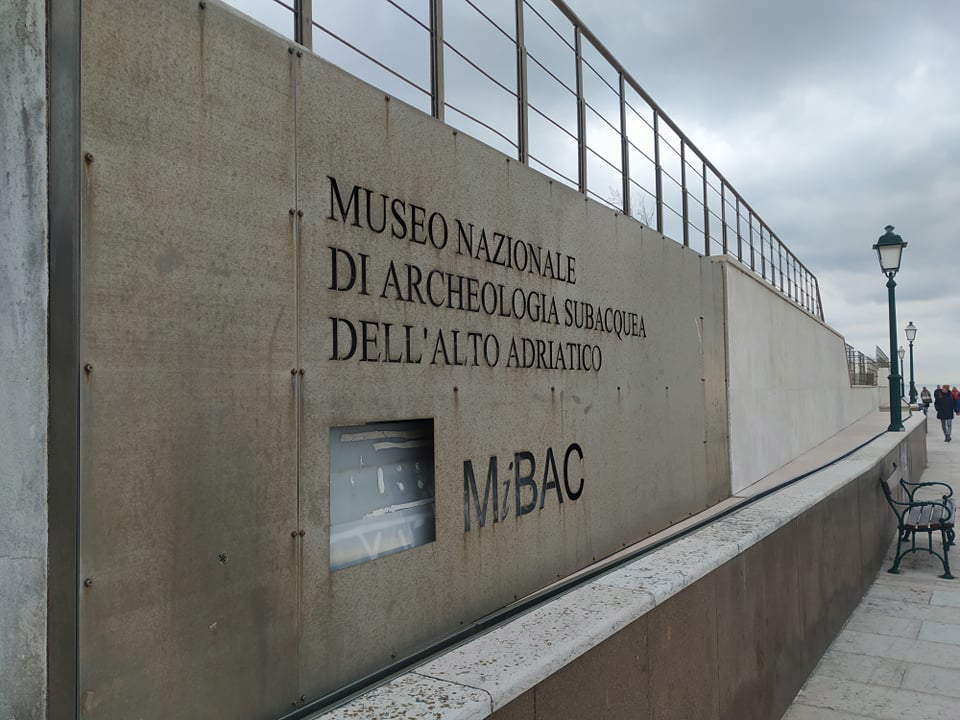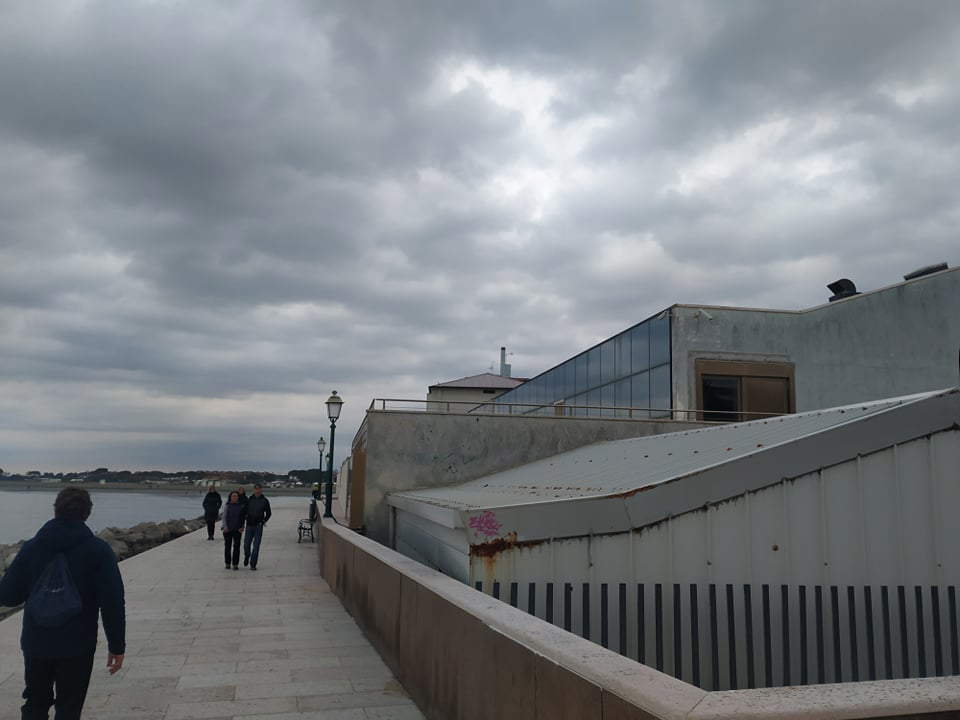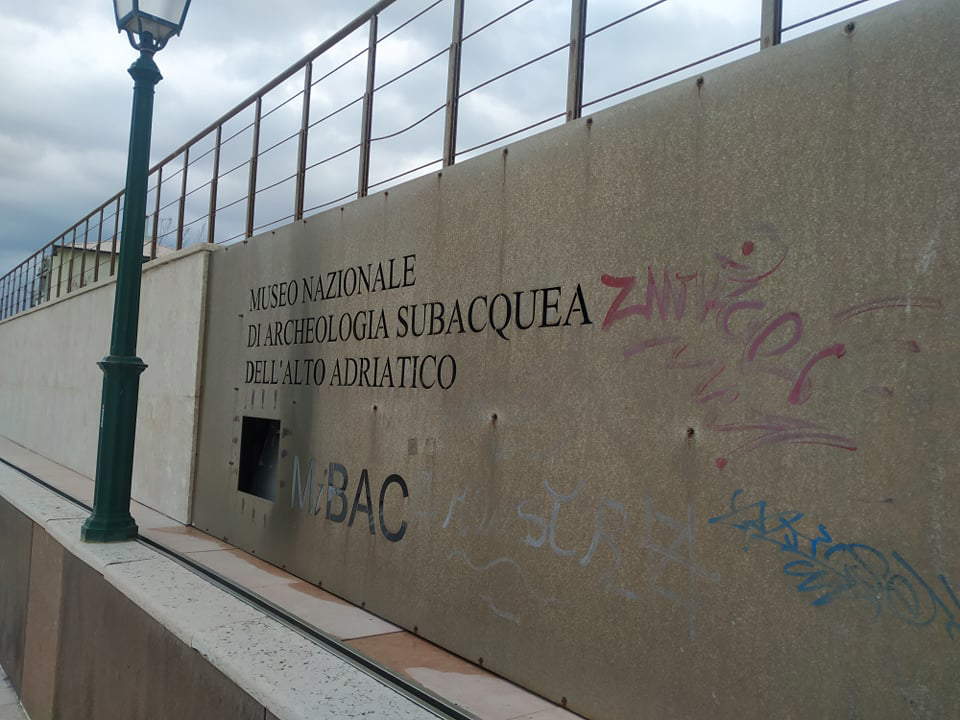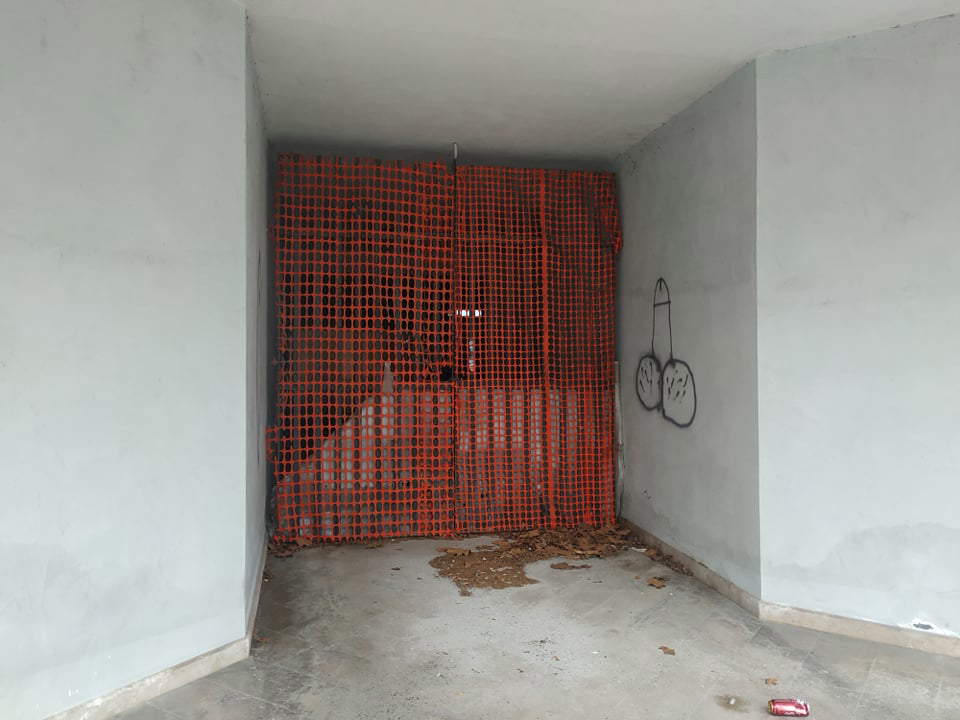Walking along the waterfront of Grado, that fishing village now a coveted tourist destination in the province of Gorizia, one comes across, a few steps from the historic center, a huge abandoned contemporary building: the sign, well known to the people of Grado and repeated twice at both ends of the huge building, might surprise the patron uninformed about local affairs: “National Museum of Underwater Archaeology of the Upper Adriatic” complete with MiBAC logo, or rather, fu MiBAC logo, since today only the inscription remains, etched in metal, while in place of the logo there is a blank space. The Museum is well known to local news, less so to national ones.
Wanted by the Ministry in 1992, which had entered into an agreement with the municipality and obtained on free loan for 99 years, renewable for another 99, the building of the former Scaramuzza school, on the Nazario Sauro Promenade, and built the new building there. The idea had been born a few years earlier, when off the coast of Grad, through chance discoveries, the wreck of a large ship from the 3rd century A.D., renamed Iulia Felix, was discovered, recovered over the course of several excavation campaigns, the last in 1993. On the directorate-general’s website, the museum, which in the hopes should collect the archaeological evidence of the entire Upper Adriatic, is described as follows: “On the upper floor the structure is generically used for temporary exhibitions organized by the municipality dealing with the theme of the relationship between Grado, its sea and its lagoon. For this reason, the structure has been renamed the ’Museum of the Sea’ by its citizens. The museum was created to house the Iulia Felix, the Roman ship found at the bottom of the lagoon. The ship, located on the ground floor, however, is not yet visitable.” In fact, everything is not yet visitable, and for the most part never has been: no temporary exhibition, no ship (so far never on display, but deposited for twenty years in the building), and so far no museum. The building is closed and in disrepair, as photos from February 2022 make clear.
The wording of the ministerial site is linked to an inauguration, which actually took place in 2014, in the presence of the Superintendent for Archaeological Heritage of Friuli Venezia Giulia, Luigi Fozzati, the newly appointed Museum Director, Domenico Marino, the Mayor of Grado, Edoardo Maricchio, the Port Authority, Carabinieri and Guardia di Finanza, and with the participation of thearchpriest Monsignor Armando Zorzin, provincial councilwoman Elisabetta Medeot, the president of “Grado tourist facilities,” Marino De Grassi, and former regional superintendent Franca Maselli Scotti. The opening to the public, the Messaggero Veneto wrote at the time , “if there are no further bureaucratic hiccups, should take place by the end of the year”: and instead that inauguration, in hindsight, helped make the affair even more grotesque.




Aside from a few short temporary exhibitions, the museum has almost nothing on display. This is probably why a less embarrassing total closure was opted for. Once again in silence, and to the amazement of visitors unprepared for the event. In September 2015, when the show still did not look like the one documented in this early 2022, there were those who wrote on TripAdvisor (a few, it must be said) “incredible that after so many years of work the museum is still not open, yes because although it is the halls are bare devoid of arguments and services, I expected much more,” then in June 2016 “I went on Sunday afternoon to visit this museum because I am interested in underwater archaeology. Surprise! The museum shows up closed, with the entrance barred by boards and ribbons. I look around but no indication of any opening hours. They could at least write something for people like me who have been on the road to not being able to see anything.” No signs with notices have since arrived, but the decay of the facility speaks volumes about closing indefinitely.
So we are barreling toward 2019, while local committees are springing up calling for the reopening of the museum. In January of that year, the mayor, Dario Raugna, took the floor by sending a notice to the Ministry, which was formalized in May: “We gave a very ample time to the Superintendency to respond to our requests. The project has been stuck because of an incredible series of defaults. What is worse, no one wants to take any responsibility. At this point it is only fair that the building granted by our community on a free loan be returned to us.” That would seem to be the turning point.
No restitution but, in September 2021, in front of the Court of Trieste, an agreement flaunted urbi et orbi for the long-awaited reopening of the Museum. No restitution to the municipality, but an agreement providing 2 million euros from the Ministry for the “completion” of the work and the opening by 2024, and the possibility of returning to sue the Ministry in court in case of new defaults. The mayor, in the midst of the election campaign then, had expressed great satisfaction: but, six months later, the situation of the building still appears unchanged, while it is unclear with what personnel the new/old museum should open.
At a historical stage when allocations for new museums abound, from the one of the Italian Language, to the one of Ligurian Songwriters, it makes a certain impression that the museum that should collect the archaeological evidence of underwater archaeology (moreover, a discipline that today with Dario Franceschini can count on a new specific national institute) of the entire, huge Upper Adriatic basin is in this condition. Moreover, we do not know, at the time of writing, the situation of the internal premises, but after decades of degradation, 2 million may not be enough: because every abandonment, let us remember, then produces a consequent huge waste of money that could have been saved.
Warning: the translation into English of the original Italian article was created using automatic tools. We undertake to review all articles, but we do not guarantee the total absence of inaccuracies in the translation due to the program. You can find the original by clicking on the ITA button. If you find any mistake,please contact us.